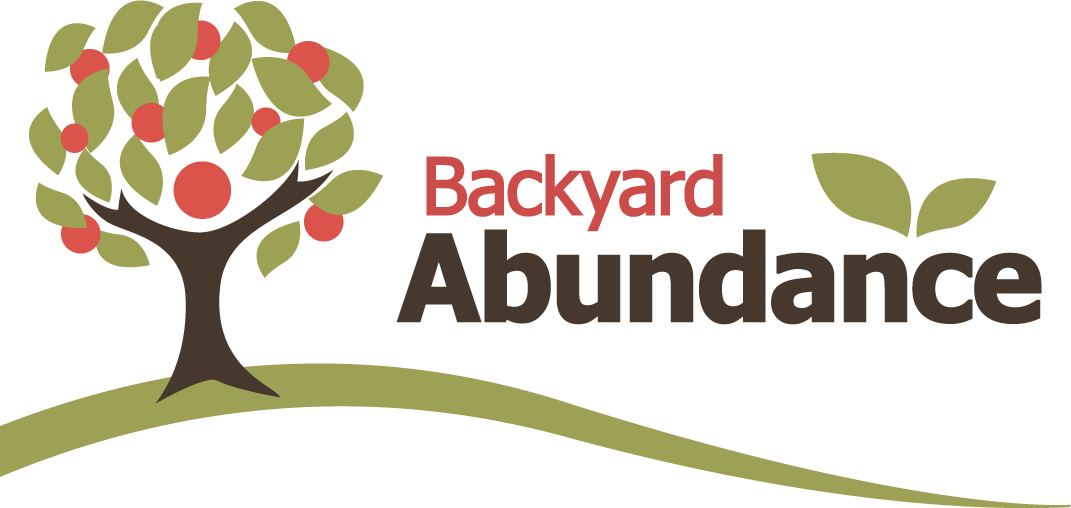Wetherby Edible Forest
Explore Community-Grown Abundance
Discover a public edible forest where volunteers, neighbors, and wildlife share a thriving landscape.
The edible forest measures 1/3 of an acre and is designed to accommodate large harvests, fun gatherings and frequent meandering.
The forest is an orchard ecosystem of interconnected plants that benefit people and our environment. Tasty fruits and nuts, medicinal herbs, and beautiful flowers grow throughout.
All food is free for harvesting and eating. No synthetic pesticides or herbicides have been applied.

What is an Edible Forest?
An edible forest is a gardening technique that emulates a healthy woodland ecosystem.
The system combines edibles with native habitat rehabilitation, yielding food, medicine and materials while supporting desired birds and insects, conserving rainwater, reducing erosion, building soil and cleaning air. Fruit and nut trees form upper canopy levels, while berry shrubs and edible herbs make up lower levels. Plants are perennials that come back every year with little maintenance.
Harvest Schedule
Herbs available throughout the growing season:
-
French sorrel
-
Oregano
-
Thyme
-
Chives
-
Yarrow
-
Anise hyssop
-
Lovage
-
Dandelion
-
Plantain
-
Walking onion
End of March through early April:
-
Honeyberry
June through August:
-
Rhubarb
Mid-June and end of June:
-
Cherry (tree), Juneberry/serviceberry
Early July:
-
Gooseberry, currant, Roman chamomile, self-heal
End of July and early August:
-
Peach, bush cherry, elderberry, aronia berry
Mid-August:
-
Apple, pear, beach plum
Public Benefit
The goal of the forest is to bring the richly diverse community together by fostering an ecological-based approach to urban farming and land stewardship. By building a community around sharing food with the public we hope to be inclusive to all in need of food.
Together we can...
-
Decrease grocery bills: Baskets of delicious fresh food will be available for grazing and storing.
-
Increase health: Research shows that children (and adults) who grow fruits and vegetables are much more likely to eat them.
-
Increase self-reliance: Learning to grow food and increase environmental health reduces dependence upon distant people and organizations.
-
Increase habitat: Desired feathered and buzzing friends keep undesired pests in check.
-
Mitigate climate change: Unlike annual crops, perennial plants sequester larger amounts of carbon which helps meet community sustainability goals.
Volunteer
The forest is not just a project for the community, it is a project of the community. Please donate your time and spread the word about this local treasure.















